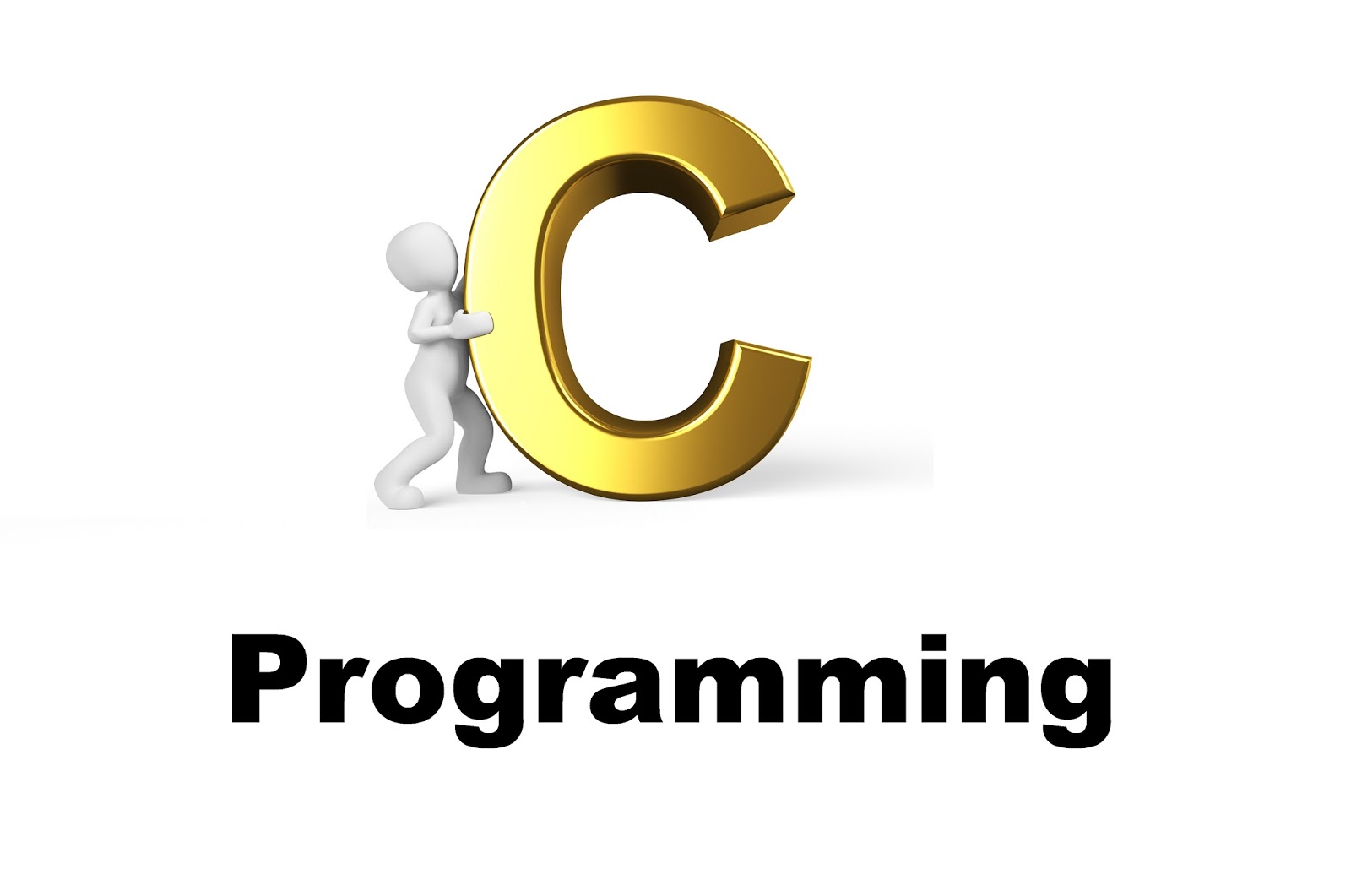Structures
Structures
A structure is a collection of variables referenced under one name, providing a convenient means of keeping related information together. A structure declaration forms a template that can be used to create structure objects (that is, instances of a structure). The variables that make up the structure are called members. (Structure members are also commonly referred to as elements or fields.).
Usually, the members of a structure are logically related. For example, the name and address information in a mailing list would normally be represented in a structure. The following code fragment shows how to declare a structure that defines the name and address fields. The keyword struct tells the compiler that a structure is being declared.
Why Use Structures
We have seen earlier how ordinary variables can hold one piece of information and how arrays can hold a number of pieces of information of the same data type. These two data types can handle a great variety of situations. But quite often we deal with entities that are collection of dissimilar data types. For example, suppose you want to store data about a book. You might want to store its name (a string), its price (a float) and number of pages in it (an int). If data about say 3 such books is to be stored, then we can follow two approaches :
(a) Construct individual arrays, one for storing names, another for storing prices and still another for storing number of pages.
(b) Use a structure variable.
